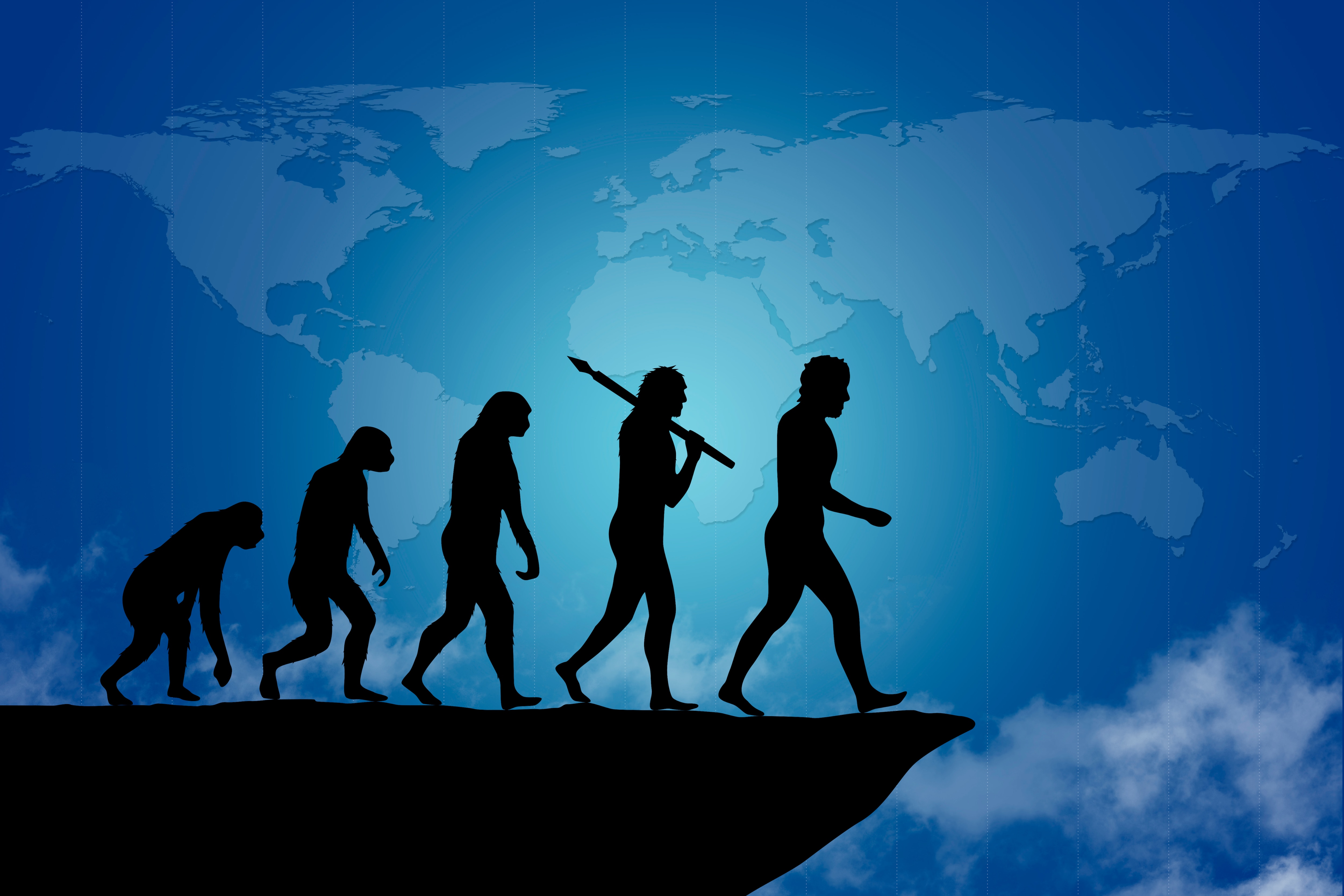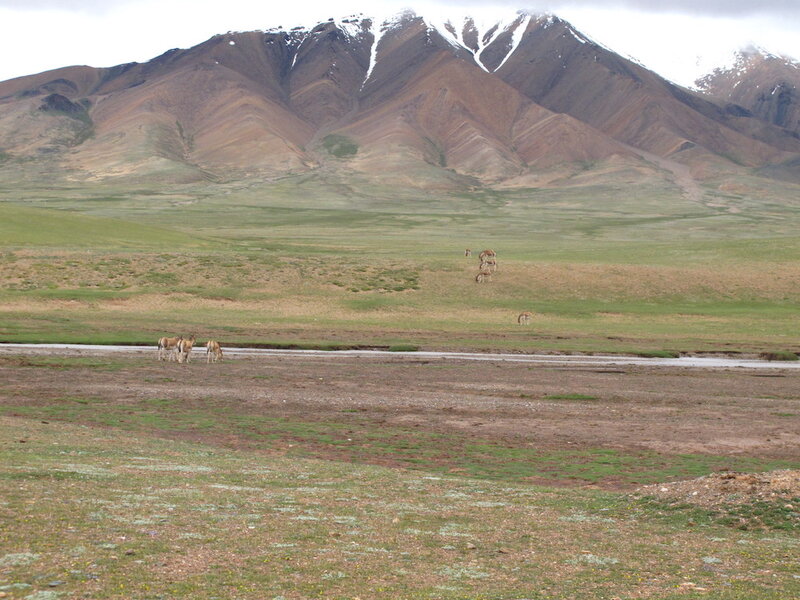Create a free profile to get unlimited access to exclusive videos, sweepstakes, and more!
Interbreeding with Denisovans helped Homo sapiens reach new heights
Homo sapiens are great explorers, but they weren't the only ones.

As scientists trace back human history, filling in the gaps from our beginnings on the African continent to the global spread of today, it’s been assumed that hostile environs like the Tibetan plateau were some of the last places we inhabited. Recent findings, however, challenge that notion.
Previous estimates placed hominins (Homo sapiens and their close relatives) on the plateau roughly 40,000 years ago, but a recent paper by Peiqi Zhang from the Department of Anthropology at the University of California, and colleagues, reveals Denisovans were living on the plateau at least 120,000 years earlier. Moreover, they were interacting and breading with Homo sapiens, providing genes and traits which are helpful to people living in the area today. Their findings were published in the journal Trends in Ecology and Evolution.
Denisovans are a relatively recent addition to the human story, having only been identified in 2010 from a finger bone found in Siberia. The DNA from that bone and a smattering of others confirmed the existence of a specific grouping of genes known as a haplotype that assists with living at higher altitudes, where lower oxygen levels are common.
It’s unclear if Denisovans themselves were adapted to high altitudes, but the evidence suggests that beneficial genes acquired from interbreeding of Homo sapiens with Denisovans later expressed in modern humans.
“The haplotype of the gene Endothelial Pas1 (EPAS1) found in modern Tibetan populations is highly similar to the one found in the Denisovan from the Siberian Altai,” Zhang told SYFY WIRE. “Although the Denisovan-like EPAS1 gene introduced to our species benefits the modern Tibetans, this gene is selected much later after the admixture.”
The plateau sits at about 4,000 meters above sea level where the climate is cold and arid, and oxygen levels are comparatively low. Those genes, acquired through interbreeding with Denisovans, appear to help modern humans with oxygen transport.
“When lowlanders move to an elevation above 2,500 meters above sea level, they usually show an increase in hemoglobin concentration due to overproduced red blood cells, in response to hypoxia. This leads to mountain sickness that could risk human survival,” Zhang said. The adaptation EPAS1 provides, modulates hemoglobin production, allowing populations to live continuously at high elevations.
Interbreeding between these two groups occurred several times in what’s known as pulses, resulting in the spread of Denisovan genes within human populations. Those genes are largely present in Asian populations but also exist among populations in Australia, New Zealand, and the Pacific islands.
“I’m not surprised by the frequent interbreeding among past human species,” Zhang said. “Many studies have also found admixtures between Homo sapiens and another extinct hominin, Neanderthals, as well as between Neanderthals and Denisovans.”
These findings change our view of ancient human history by revealing that Homo sapiens held no monopoly on exploration and were, in fact, beat to the punch in some instances. Denisovans planted the human flag on some of Earth’s most hostile environs tens of thousands of years before modern humans showed up. Even more impressive, the climate on the Tibetan plateau 160,000 years ago was less hospitable than it is today.
“Now we are in a warm and humid interglacial period, but 160,000 years ago it was a colder and dryer glacial period,” Zhang said. “Archaeologists suggest that even in the lowlands there was a global reduction in human population size and distribution during this period. It could have been worse in the high-altitude environment.”
It remains unclear precisely what happened with human populations after these earliest arrivals on the plateau, mostly because archaeological evidence is sparse. Scientists propose two models to describe occupation of the Tibetan plateau by Denisovans and Homo sapiens. Either there were occasional visits eventually resulting in continuous occupation beginning about 9,000 years ago, or occupation has been ongoing for 30,000 to 40,000 years.
In either case, at some point about 40,000 to 48,000 years ago, Homo sapiens met Denisovans on the plateau and they did what sapient hominins do, they shared. Mostly their genes, as far as we can tell. And while Denisovans died out as a distinct species, their genetic legacy lives on in us, allowing modern humans to explore and live in areas we might not have otherwise been able to inhabit.
In a very real way, the blood of our ancient relatives pumps through the veins of the people living today on the Tibetan plateau, and around the world.

























